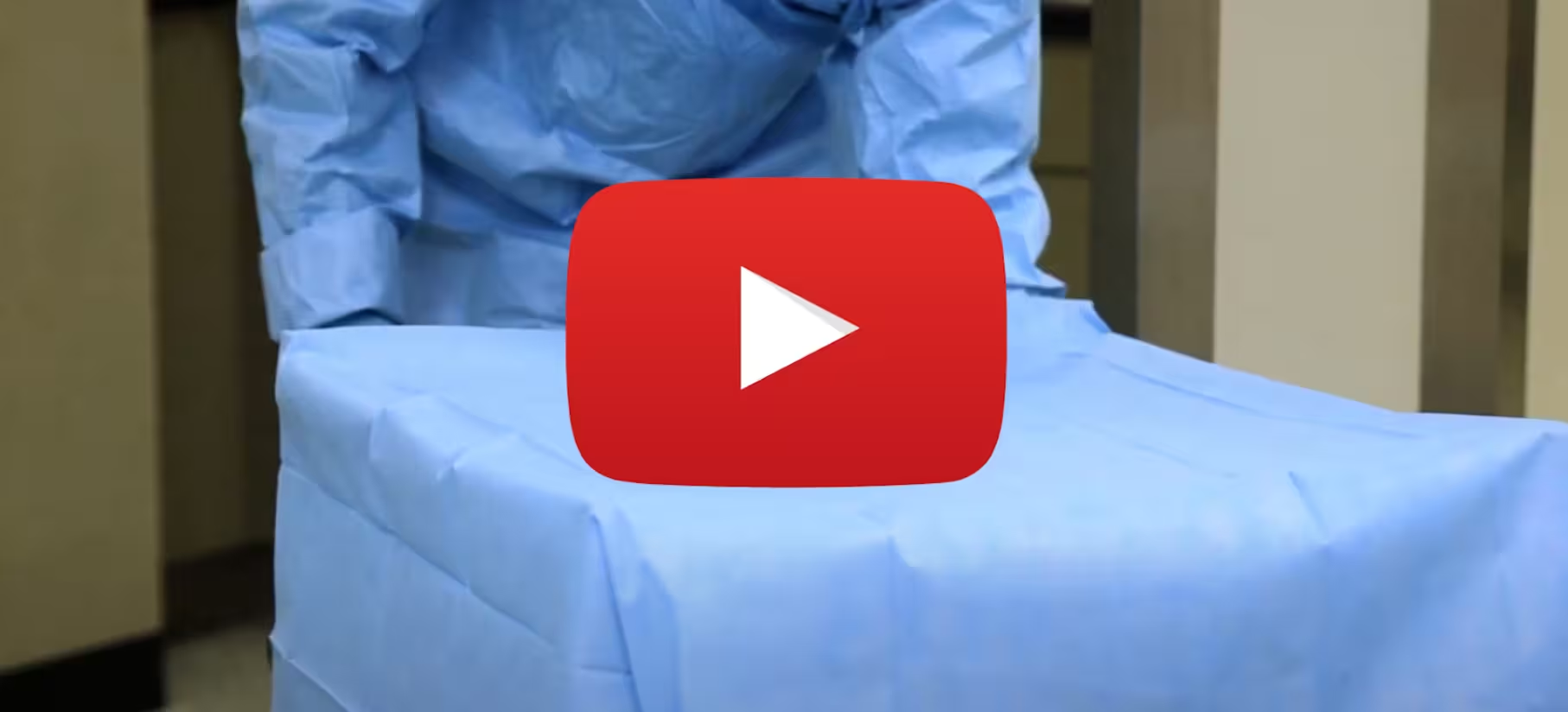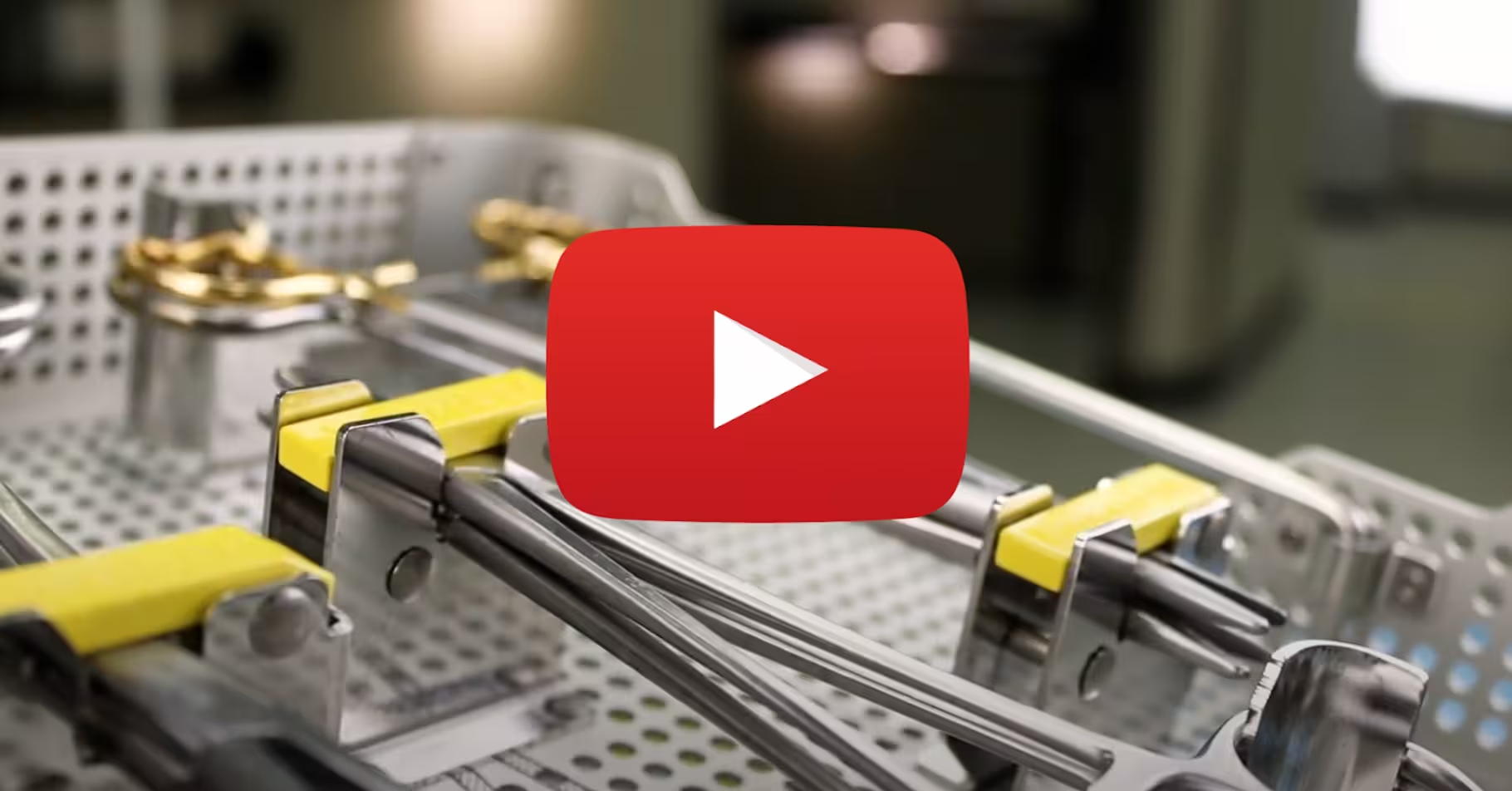
About this Course
As numerous clinical studies have documented, a large percentage of surgical instruments on standard trays are seldom, if ever used in a procedure. The negative implications of this “instrument bloat" problem creates issues for the patients and staff safety as well as the hospital finances. This course is designed to provide statistical data on the rate of occurrence and cost of occurrence that are inherent in these issues with the current surgical instrument management practices. We will also examine the fiscal consequences of these recurring events. Additionally, this continuing education program will examine the potential benefits of using an adjunct technology in the form of an instrument management system that facilitates instrument optimization, organization, and manual count confirmation through a series of visual, mechanical, and educational aids incorporated into the design of the devices.
Learning Objectives
- Examine how changes in the way instruments were traditionally selected have not kept pace with the way institutions have evolved and financial incentives have changed.
- Quantify the financial cost of the recurring events related to current instrument management processes to adequately reflect the statistical risk the institution faces on every procedure.
- Discuss how advancements in surgical instrument management devices can create a repeatable, sustainable process to increase workforce efficiency throughout the instrument journey from the SPD (Sterile Processing Department) to point of use, while substantially reducing the risk of an unintended outcome on every procedure.




